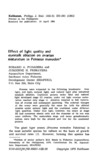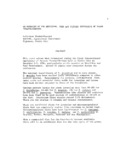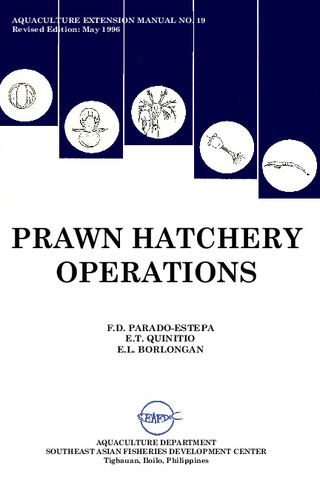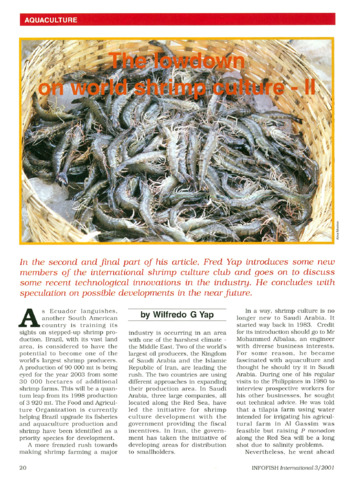Effect of light quality and eyestalk ablation on ovarian maturation in Penaeus monodon
Share
Abstract
Prawns were subjected to the following treatments: blue light, red light, natural light, and natural light plus unilateral eyestalk ablation. Unablated prawns under blue and natural light developed stage III ovaries; under red light ovarian maturation reached only stage II. Ablation resulted in full maturation of ovaries and subsequent spawning. The external changes of the ovary were generally the same for both the ablated prawns under natural light and the unablated under different light qualities. Under blue light, however the ovary at stage III had numerous atretic cells and the diameter of its ova was more uniform. The maturation stage and mean gonadosomatic indices were high for the ablated and low for the unablated prawns.
Description
Contribution No. 99, Aquaculture Department, SEAFDEC.
Suggested Citation
Pudadera, R. A., & Primavera, J. (1981). Effect of light quality and eyestalk ablation on ovarian maturation in Penaeus monodon. Kalikasan, The Philippine Journal of Biology , 10(2-3), 231-241. http://hdl.handle.net/10862/1121
Subject
Taxonomic term
Collections
- AQD Journal Articles [1248]
Related items
Showing items related by title, author, creator and subject.
-
An overview of the nutrition, feed and feeding techniques of prawn penaeid/shrimps
Piedad-Pascual, Felicitas (Philippine Council for Aquatic and Marine Research and Development, 1989)This paper echoes what transpired during the first International Conference of Penaeid Prawns/Shrimps held in Iloilo City in December 4-7, 1984, particularly on the Nutrition nd Feed Development. Around 25 papers were ... -
Prawn hatchery operations
Parado-Estepa, Fe D.; Quinitio, Emilia T.; Borlongan, Emeterio L. (Aquaculture Department, Southeast Asian Fisheries Development Center, 1996-05)The manual, an updated version of the 1984 SEAFDEC/AQD manual, presents the underlying principles and step-by-step instructions of prawn larval and post-larval rearing. The techniques described are not only applicable to ... -
The lowdown on world shrimp culture - II
Yap, Wilfredo G. (INFOFISH, 2001)This paper introduces some new members of the international shrimp culture club and goes on to discuss some recent technological innovations in the industry, particularly the polyculture of tilapia (mainly Oreochromis ...




